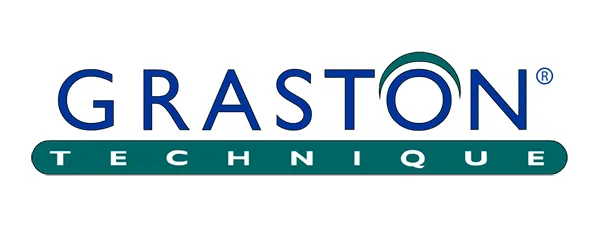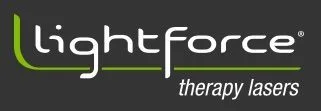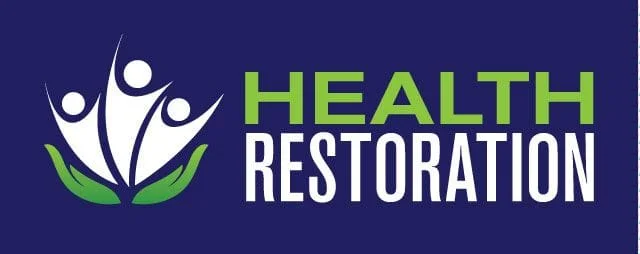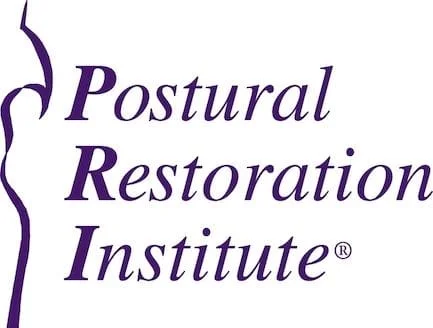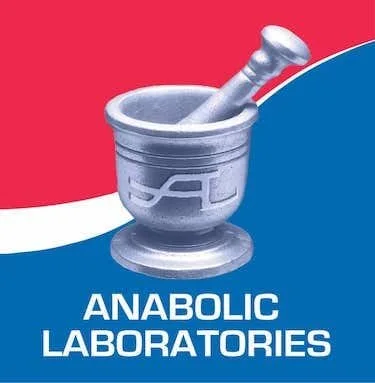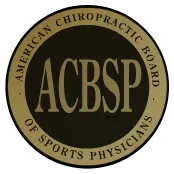by K.D. Christensen DC, CCSP, DACRB
Research supports the premise that exercising soon after an injury can actually speed up the healing process. In a 1995 study by Gregory et al. (1) using laboratory rats, the rats all received a contusion injury to a hamstring muscle, and were then sorted into five different groups. One group (the control) was not exercised. Two groups were returned to their cages to rest for 72 hours, and then started exercising (one group began swimming daily; the other began running every day). The final two groups began their swimming or running exercises within an hour of being injured.
Results by Group
The four rat groups which exercised all showed earlier resolution of their injuries than did the control (no exercise) group. The immediate (same day) exercisers showed more rapid healing response than those who rested for three days. Surprisingly, the data indicated that the injuries in the running group were resolving much more quickly than those of the swimmers. In fact, the study concluded that “Running with immediate onset is the regimen of choice. Any of the given exercises ispreferable to no exercise, immediate onset of exercise is preferable to delayed onset, and running is preferable to swimming.” (1)
Clinical Impact
The Gregory et al. study results may impact on the methods of rehabilitative exercise therapy we perform in our clinics. However, keep two important facts in mind: First, many of our acute injury patients are trying to repair a sprain/strain type of injury, not a contusion. Strains and sprains involve tissue tears, while contusions produce a crushing of tissues. When tissues are torn, some period of decreased or restricted activity is needed, in order to allow for early repair of the tear by fibroblasts. The injuries sustained by the rats in the above study may be quite different from most injuries many chiropractors deal with, especially those found in the spine.
Secondly, the time the lab rats spent swimming or running was 15 minutes every day in all exercise groups. It’s possible that longer periods of exercise may have worsened the damage and delayed healing, rather than speeding the process. More research is needed to clarify these concerns.
Cross Education Exercise
An excellent way to stimulate an injured area, while avoiding excessive irritation, is to employ what is known as “cross education.” This neurological curiosity has been known for years, but it is apparently rarely employed by health care professionals treating acute injuries. Cross education is a procedure which has been found to be particularly useful in the treatment of shoulder and ankle injuries, and also provides benefits in most other types of injuries.
When a muscle performs resistance exercise, a neurological stimulus crosses the spinal cord and is received in the corresponding muscle group on the other side of the body. The technical description of this phenomenon is “neural integration of interlimb coordination.” (2) This concept can be used to help patients recover rapidly from an acute injury.
Cross Education and Your Patients
To use cross education in your practice, you must first identify the exercises your patient needs to perform for an injured area. Prior to starting, have the patient perform the desired exercises on the uninjured side. In a case involving a major acute injury (or during post-surgery), the exercise of the opposite uninjured muscle group should continue for between several days to numerous weeks, depending onthe extent and severity of the damage. The cross educational exercises should specifically be done any time an injury is immobilized (casted or pinned), or when the area directly injured is too painful to consider
direct exercise.
As healing progresses, your patient should begin exercising the injured region. Even at this stage, however, the patient could begin and end each session by exercising the uninjured side. Cross education will permit early, aggressive exercising without directly irritating or further damaging the injured area. This, in turn, should lead to a more rapid recovery.
An Example of Cross Education
A common example of cross educational exercise would involve an acute right shoulder injury which prevents abduction. Immediately start the patient doing abduction exercises with the uninjured left arm. When thepatient is ready to start limited exercising of the injured right shoulder, the patient should first perform a similar pattern of left shoulder abduction against resistance.
Cross Educational Research
A 1997 study investigated the various parameters of cross education on human volunteers. (3) Both quadriceps muscles of the subjects were tested for strength, and then progressive resistance exercising was performed with the left leg only. Twelve weeks after the inception of the study, significant strength gains were measured in the unexercised legs. Researchers found the most significant improvement and the greatest gains in strength in the group that used lengthening (eccentric) exercises.
Conclusion
Arrange for your acute injury patients to begin an exercise program immediately after an injury; however, have them avoid direct exercise ofthe injured area initially. Recommend cross educational exercises to supply the stimulus necessary to take advantage of the early exercise phenomenon, while avoiding the potential for re-injury of the damaged area. Show the patient which exercises to do, but start the exercises on the opposite side of the body for the first several days.
Consider that patients focus on the lengthening (eccentric) part of the exercise movement, in order to make rapid progress. As they progress, and the injury begins to heal, the symptomatic region can be safely exercised and remember the uninjured side is exercised at the beginning and end of each session.
References
1. Gregory TM, Heckman RA, Francis RS. The effect of exercise on the presence of leukocytes, erythrocytes, and collagen fibers in skeletal muscle after contusion. J Manip Physiol Ther 1995; 18:72-78.
2. Howard JD, Enoka RM. Maximum bilateral contractions are modified by neurally mediated interlimb effects. J Appl Physiol 1991; 70:306-316.
3. Hortobagyi T, Lambert NJ, Hill JP. Greater cross education following training with muscle lengthening than shortening. Med Sci Sports Exerc 1997; 29:107-112.
Related posts:














